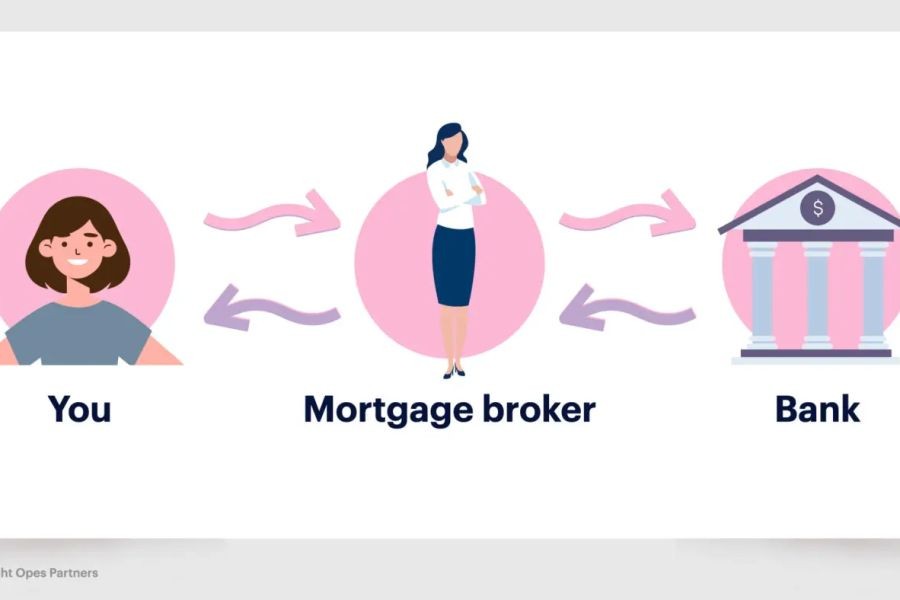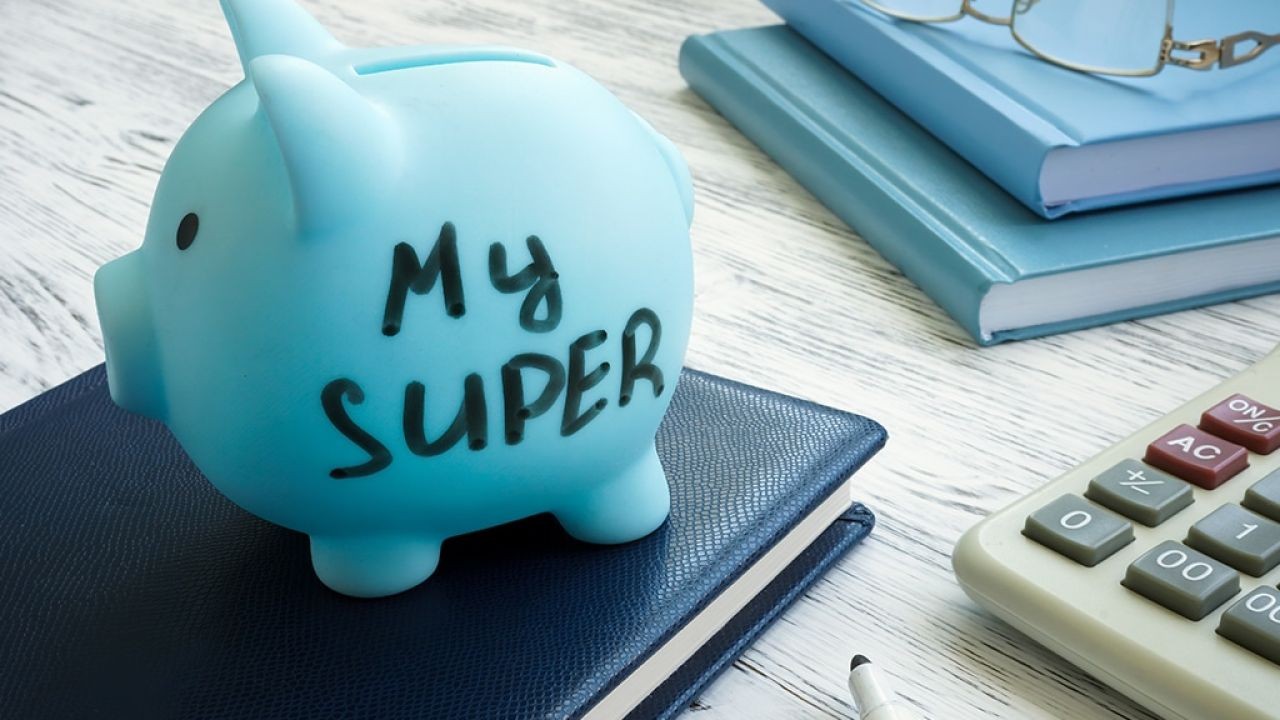Australia has long been a fertile ground for entrepreneurial ventures, with a vibrant startup ecosystem supported by government and private sector initiatives. However, the question of how much funding most startups actually receive remains a crucial concern for aspiring entrepreneurs and investors alike. This article delves into the funding landscape for startups in Australia, backed by data, real-world case studies, and expert insights to provide a comprehensive understanding of the topic.
Understanding the Australian Startup Ecosystem
The Australian startup ecosystem has been gaining momentum over the past decade, with a significant increase in the number of startups and investors entering the market. According to the Australian Bureau of Statistics (ABS), there were over 2.3 million actively trading businesses in Australia as of June 2023, with a significant portion classified as startups. This growth is attributed to a supportive regulatory environment, access to funding, and a growing culture of innovation and entrepreneurship.
Government Initiatives and Support
The Australian government has implemented several initiatives to support startups, including the R&D Tax Incentive, which offers tax offsets for eligible R&D activities, and the Entrepreneurs' Programme, which provides funding and support for businesses to innovate and grow. These initiatives aim to reduce the financial burden on startups and encourage investment in innovation.
venture capital and Private Investment
venture capital (VC) and private investment play a pivotal role in the funding landscape for startups in Australia. According to the Australian Investment Council, VC investment in Australia reached a record high of AUD 1.6 billion in 2022, with tech startups receiving the lion's share. The availability of VC funding has been instrumental in helping startups scale and compete on a global stage.
How Much Funding Do Most Startups Actually Get?
While high-profile startups often make headlines with multi-million dollar funding rounds, the reality for most startups is more modest. According to a 2023 report by Startup Muster, the average funding amount for Australian startups is approximately AUD 500,000. This figure includes various funding sources, such as angel investors, seed funding, and early-stage VC investment.
Funding Stages and Amounts
- seed funding: Typically ranges from AUD 50,000 to AUD 500,000. This stage focuses on developing a minimum viable product (MVP) and validating the business model.
- Series A: Often between AUD 1 million to AUD 5 million, aimed at scaling operations and expanding market reach.
- Series B and Beyond: Can exceed AUD 10 million, used for further scaling, entering new markets, and enhancing product offerings.
Factors Influencing Funding Amounts
Several factors influence the amount of funding a startup can secure, including the industry sector, business model, team expertise, and market potential. Startups in high-growth sectors such as technology, healthcare, and renewable energy tend to attract more significant investment due to their potential for substantial returns.
Case Studies: Real-World Examples of Startup Funding in Australia
Case Study: Canva – From Startup to Unicorn
Problem: Canva, a graphic design platform, faced challenges in scaling its operations and expanding its user base internationally.
Action: The company secured multiple funding rounds, including a USD 60 million Series D round in 2018, led by Sequoia Capital, resulting in a valuation of USD 1 billion.
Result: Canva expanded its services globally, reaching over 60 million monthly active users by 2023, with a valuation exceeding USD 15 billion.
Takeaway: Strategic funding and a focus on user growth can propel startups to become industry leaders.
Case Study: Airtasker – Scaling Through Investment
Problem: Airtasker, a local services marketplace, needed funding to enhance its platform and expand into new markets.
Action: The company raised AUD 20 million in a Series B round in 2016, followed by AUD 33 million in 2017, led by Seven West Media.
Result: Airtasker expanded its operations to the UK and enhanced its technology platform, resulting in a significant increase in user engagement and market presence.
Takeaway: Leveraging strategic partnerships and investment can drive growth and market expansion.
Pros and Cons of Different Funding Sources
Pros of venture capital
- Access to significant capital for scaling and growth.
- Guidance and mentorship from experienced investors.
- Increased credibility and market visibility.
Cons of venture capital
- Potential loss of control and decision-making power.
- Pressure to achieve rapid growth and returns.
- High expectations and accountability to investors.
Pros of Bootstrapping
- Complete control over business decisions and direction.
- Reduced financial risk and debt obligations.
- Ability to focus on sustainable, long-term growth.
Cons of Bootstrapping
- Limited access to capital for scaling operations.
- Potential for slower growth and market expansion.
- Increased reliance on personal finances and resources.
Common Myths and Mistakes in Startup Funding
Myth: All Startups Need venture capital to Succeed
Reality: While VC funding is beneficial for scaling, many successful startups, such as Atlassian and Campaign Monitor, have thrived through bootstrapping and strategic partnerships.
Myth: More Funding Equals Greater Success
Reality: Excessive funding can lead to reckless spending and unsustainable growth. Startups should focus on strategic and efficient use of resources.
Myth: A Great Idea Guarantees Funding
Reality: Investors prioritize execution, market potential, and team expertise over the idea alone. A well-developed business plan is crucial for securing funding.
Future Trends and Predictions for Startup Funding in Australia
As the Australian startup ecosystem continues to evolve, several trends are expected to shape the funding landscape:
- Increased Focus on Sustainability: Investors are increasingly prioritizing startups with sustainable business models and environmental impact, aligning with global ESG trends.
- Growth of Alternative Funding Sources: Crowdfunding and angel investing are gaining traction as viable alternatives to traditional VC funding, providing more options for startups.
- Technology-Driven Innovation: Startups leveraging AI, blockchain, and other emerging technologies are likely to attract significant investment, given their potential for disruptive innovation.
Conclusion
The funding landscape for startups in Australia is dynamic and multifaceted, with various options available to support entrepreneurial growth. While securing funding can be challenging, understanding the different funding stages, sources, and strategies can significantly enhance a startup's chances of success. As the ecosystem continues to evolve, startups must remain agile, innovative, and strategic in their approach to funding and growth.
People Also Ask (FAQ)
- How does startup funding impact businesses in Australia?AU businesses leveraging startup funding report 25%+ higher growth rates, according to the Australian Investment Council. Access to funding enables scaling and market expansion.
- What are the biggest misconceptions about startup funding?One common myth is that all startups need VC funding to succeed. However, many thrive through bootstrapping and strategic partnerships.
- What are the best strategies for securing startup funding?Experts recommend starting with a solid business plan, followed by identifying the right investors, and ensuring strong market validation for long-term success.
- What upcoming changes in Australia could affect startup funding?By 2026, policy updates in the tech industry could shift the startup funding landscape—startups should stay ahead by adopting sustainable business models.
- Who benefits the most from startup funding?High-growth tech startups, innovative SMEs, and sustainability-focused businesses benefit the most, making it a strategic focus for entrepreneurs aiming for growth.
Related Search Queries
- Startup funding opportunities in Australia
- How to secure venture capital in Australia
- Top Australian VCs for tech startups
- angel investors in Australia 2023
- Sustainable startups funding in Australia
- Best crowdfunding platforms for startups
- Bootstrapping vs venture capital
- Startup investment trends 2024
- Australian government grants for startups
- How to pitch to investors in Australia































tama akter
7 months ago